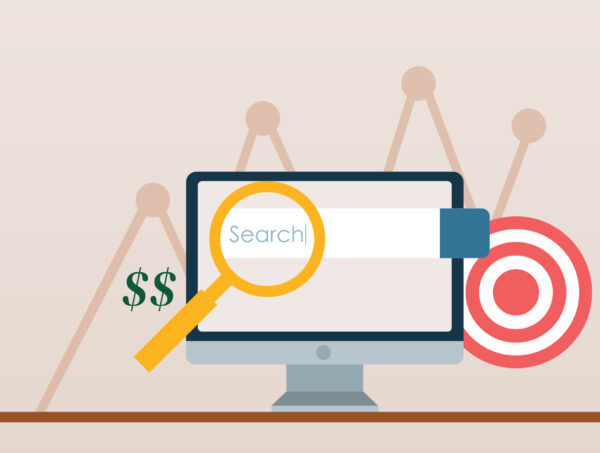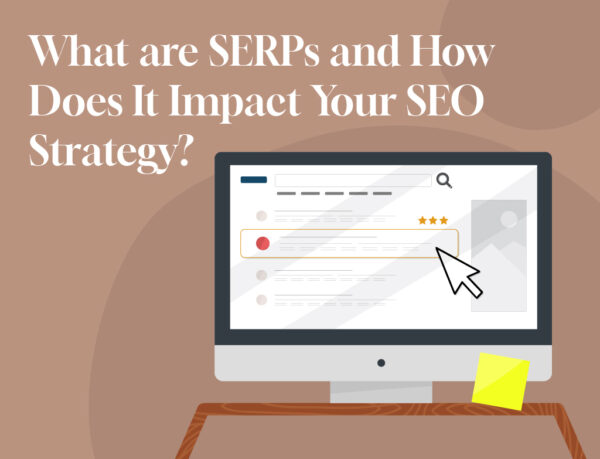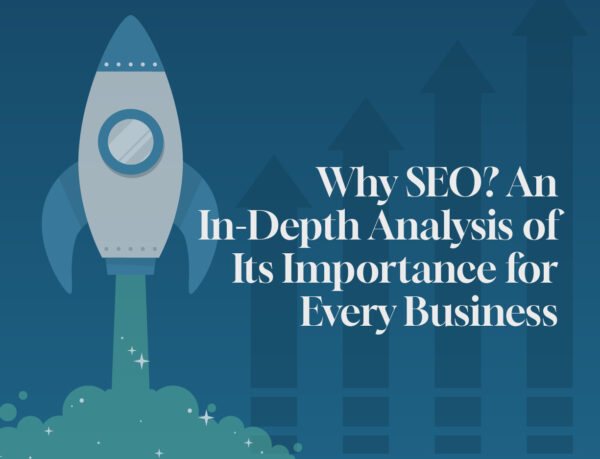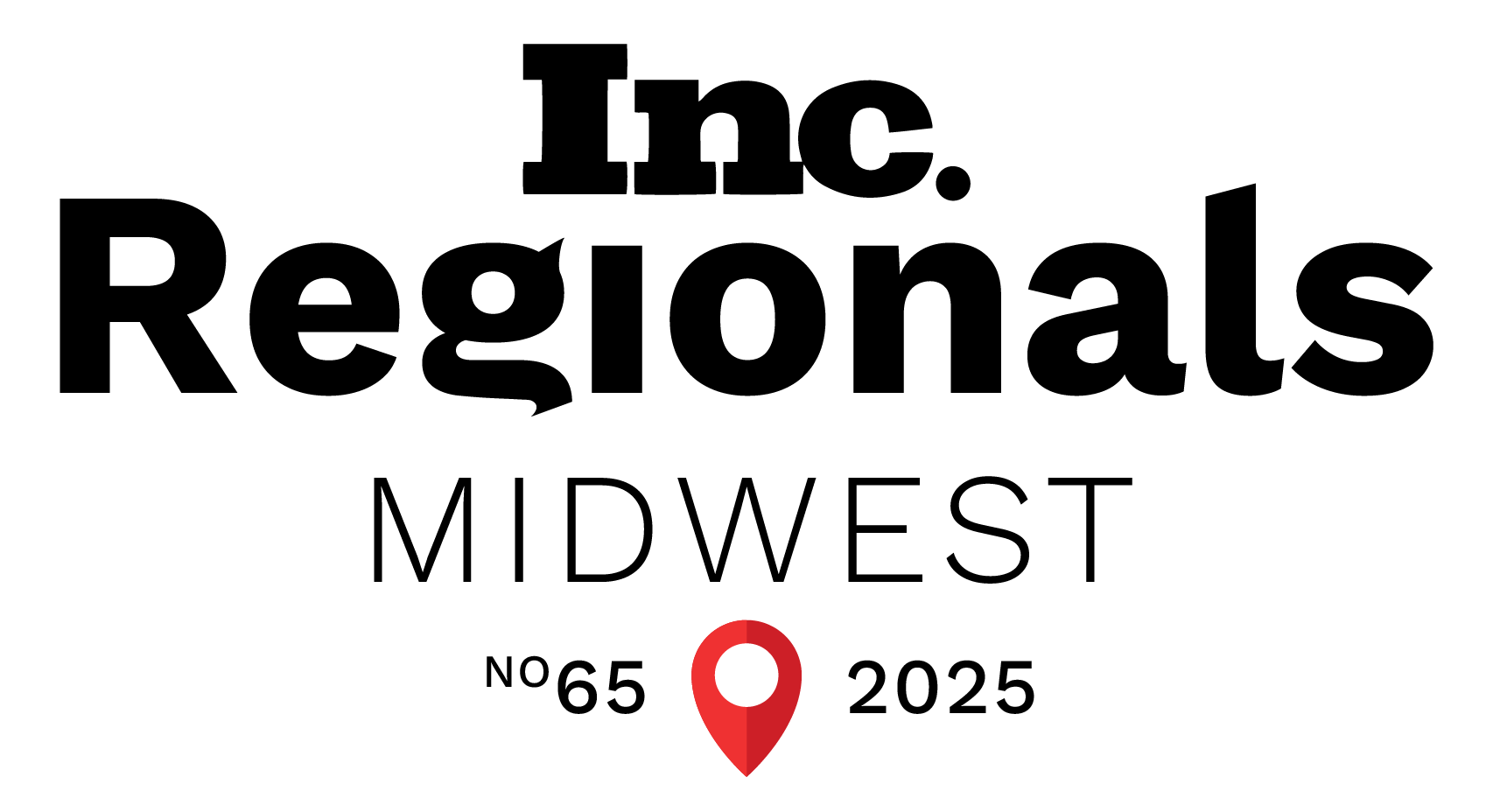ChatBots: What Are They and How Will They Benefit Your Site?
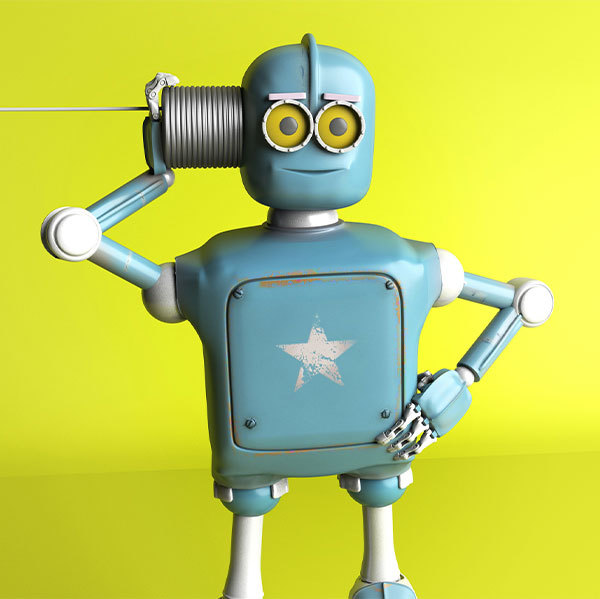
In This Article
Do you see that little circle with speech bubbles at the bottom of your screen? Yeah, that one! That’s our ChatBot here at Metric Marketing. Does it look familiar? Chances are, our webpage isn’t the first time you’ve seen a chat bubble asking if you have any questions, and they really do want to answer your questions! If you have a business, chatbots are a great way to directly communicate with your customer, help them feel like they’re being acknowledged on your site, and ultimately gain leads.
What Is A Chatbot?
A chatbot can be a welcoming feature that “texts” or speaks with customers. But, what really is a chatbot? We’re glad you asked!
Chatbot definition:
Whether it be through voice command or text, a chatbot is a computer program that essentially mimics a human conversation. The bot, or chatterbot, is an embedded code or artificial intelligence (AI) feature that communicates with the real-life person on the other side of the screen.
What Are Chatbots Used For?
Saturday Night Live’s version of Alexa is enough for a hearty laugh, but it also shows the importance of chatbots. Chatbots are used for the convenience and accessibility of their user in an immediate way.
Having a chatbot online is like having a personal assistant for every single customer. Chatbots are both for you and your customer’s convenience. They are a tool that engages with customers right away as an employee would, but in this case on your website.
Chatbots are sets set of code that are embedded in your website to interact with customers on their time, whatever time that may be. If you have an up-at-the-crack-of-dawn customer who has questions before your company opens, the customer can go online and present their question to the bot while you enjoy the rest of your slumber. Say it’s a minute after close but a customer wants to know something about a product, the chatbot can answer until you can.
You can still reach out to the customer who engaged with the chatbot, but in the meantime, the customer gets that instant satisfaction of either having their question answered (or product purchased), or the acknowledgment that their question/comment has been received.
How Chatbots Learn to Communicate
We’ve established what chatbots are and what they’re used for, but how do these bots know what to say? The simple answer: either by following rules or machine learning.
Set Guidelines Bots
You can set your chatbot to function based on a set of guidelines established by your company. This means more limited conversation but functions well for answering common questions or guiding your customer to where they need to go digitally. Here’s how they work:
- A chatbot function is coded with certain program codes built into your website
- These codes are most often responses to a preordained set of questions the bot proposes to the customer
- With a set guideline, the bot can only answer the questions it is coded to answer. If a customer asked a question that does not follow the bot’s preset guidelines, the chatbot will not know how to answer, and will probably repeat itself.
- Banks, credit card providers, and other companies that have high call volumes with multiple departments are examples of places that may use voice-commanding set guideline chatbots.
Machine Learning Bots
What about bots that respond to, well, everything? The chatbot’s code has a neural network that mimics neurological connections in the human brain. The network is comprised of algorithms that make connections with each other and the information it sees and hears. The algorithms help the chatbot learn and respond accordingly. The more exposure the bot has to language, text, voice, and dialogue, the smarter the bot gets.
- A common machine learning bot that most of us have probably interacted with is the Facebook chatbot. Businesses use Facebook’s bot to interact with customers about buying products, among other features. Facebook even made a bot for its own employees on how to answer their family’s hard questions about Facebook security.
Chatbots aren’t always perfect, and sometimes they don’t respond the way we want them to (if Siri has ever called “Mom” when you asked for “Tom,” you know what we’re talking about). Yet, for the most part, if the chatbot uses machine learning, it will adapt.
How Chatbots Will Benefit Your Site
Over the past few years, messaging has skyrocketed. We live in a technological moment of now: direct communication right away, all the time. Messaging is a tool that never stops, feels casual, and is a primary means of communication. A Facebook survey response says that the people who message businesses feel more confident about the brand they’re communicating with. Who are the people who talk to companies via chatbot messaging? The 2 billion active users worldwide. And that’s just on WhatsApp.
Bots can also show you qualified leads. You can respond to the people who reach out to your bot at your pace, while not having a queue of customers when you’re busy with someone else.
You can have a website chatbot, where your chatbot lives on your site. You can have a third-party chatbot through chatbot apps. You can even use a google chatbot or use google to make your own chatbot!
Every Chatbot Has a Purpose
If your business gives customer service, your chatbot is there to provide. If you are in sales, your chatbot is there to sell. A chatbot can be used to turn on your television or set a timer: *hey, Alexa,* anyone?
Whatever the purpose may be, a chatbot can help your company communicate with potential clients and customers, which is always a great thing. Connect with us if you have any questions on chatbots or anything else marketing, we’d love to chat.
Must-read articles
Looking for something else?
There's so much more
Ready to Inquire?

